[ad#blue-links]
Please be warned: some of these photos are graphic and may offend some people. If you feel like this may not be the right post for you please go back to the homepage and check out some of our other blog posts. None of these photos are photoshopped to the best of our knowledge!
Geckos are bred in huge numbers in captivity. Breeding in high numbers in any animal will create genetic oddities. This post showcases shocking, amazing, and some scary gecko mutations that we’ve found across the web.
[ad#sponsor]
Two Headed Nephrurus amyae

Twin Leopard Geckos Hatching From the Same Egg
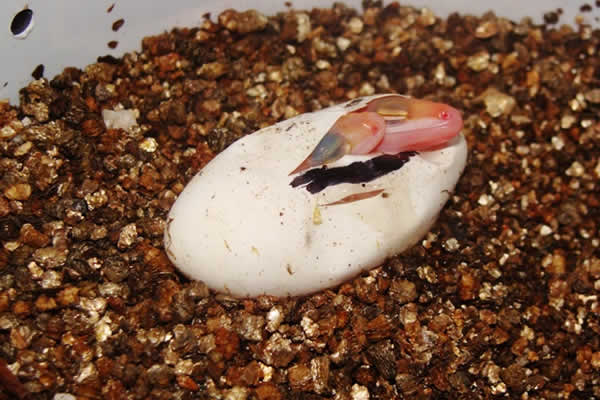
Double Headed Day Gecko
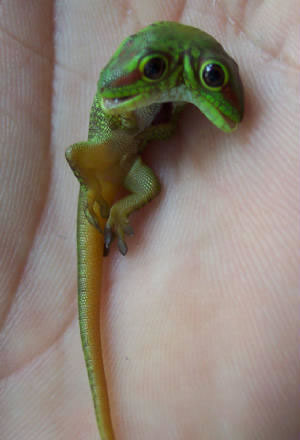
Leopard Gecko with Two Feet on One Leg
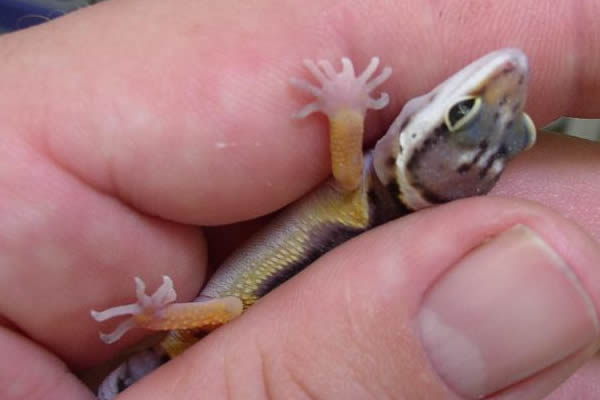
Conjoined Twin Crested Geckos
Photo by Graham S.
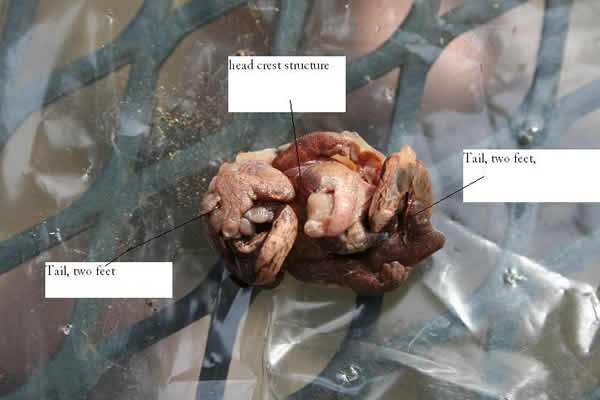
Dwarf Leopard Gecko
Photos courtesy of HJ Rudy
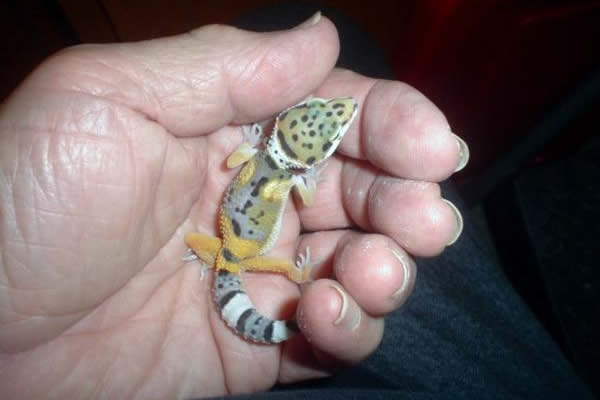
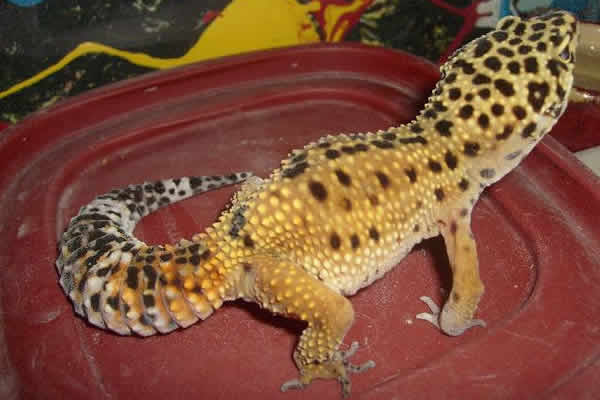
Leopard Gecko Siamese Twins
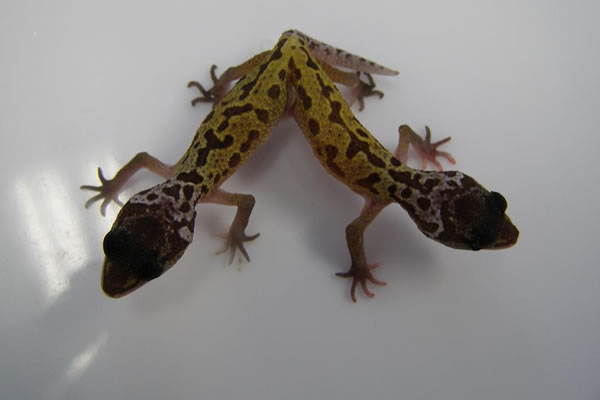
Twin Gargoyle Geckos Hatching
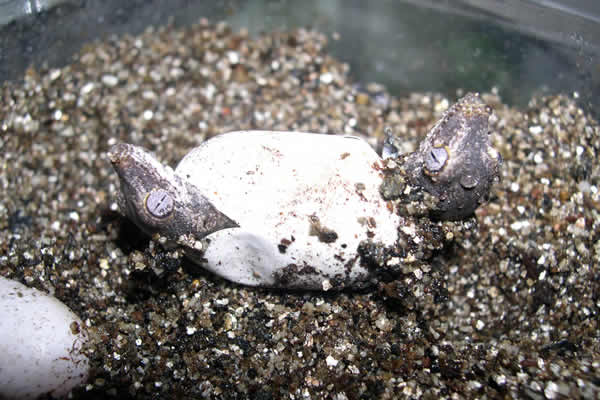
Australian Velvet Gecko With No Front Legs
Photo courtesy of Clint Hill
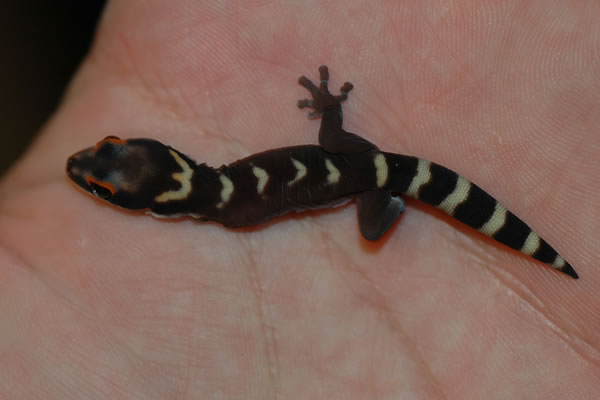
Leopard Gecko with Two Jaws
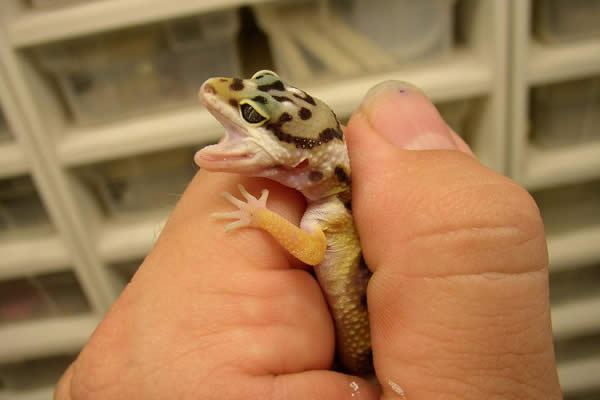
Leopard Gecko with Two Tails from Regeneration
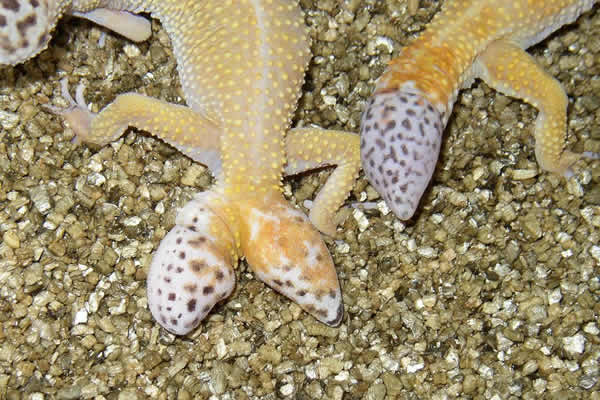
Conjoined Crested Gecko Twins
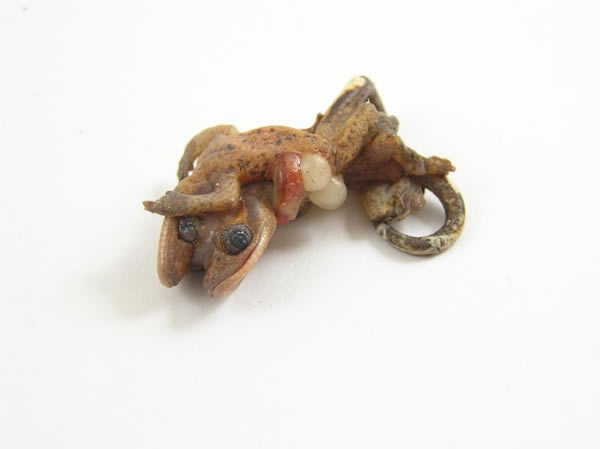
What did you think?
What did you think of that photo roundup? Have some photos you’ve seen that didn’t make it? Send them to us! Leave us a comment below.
Like this post? Please stumble it and share it with your friends!
[ad#blue-links]


I wouldn’t call most of them ‘mutations’. With the possible exception of the dwarf leopard gecko, I would call them developmental abnormalities. Do you know if the dwarf Leo has been bred and produced dwarf offspring? Anyway, those are interesting (if not disturbing) photos.
Thanks so much for your input, Stephen. I think that is probably a better description. I do not have a lot of information on the dwarf but I do know they are members of GeckoForums.net 🙂
Hope to see you around more often!
I would like to know more about the dwarf as well. He does look pretty “stumpy” and wonder if these genetics can be passed onto offspring. Also i wonder if it has any effect on the activity level of the gecko just like the giants seem to be more relaxed and laid back. Maybe it is the opposite and he is super hyper 🙂
Either way that genetic mutation should be interesting to watch as it progresses. Hopefully it is in the hands of someone who can bring it to its full potential.
I’m curious about the velvet gecko with no front legs. I’d like to know if it was able to thrive with that deformity.
To see the original thread about the velvet gecko (and to ask for an update if you register for the forum) go here: http://www.geckosunlimited.com/community/aussie-geckos-others-diplodactylus-strophurus-saltuaris-phyllurus-oedura-etc/41280-anyone-experience-before-birth-defect.html
To find out more about the dwarf gecko, go here: http://www.geckoforums.net/showthread.php?t=48253&highlight=spider
I have seen posts from someone else who owns a dwarf leopard gecko that was officially diagnosed as a dwarf by a geneticist
I have the Hypochondroplasia Dwarf, Aliza. =]
I’m on both GU and GF.
I would have to agree that most of these bring about a feeling of sadness to me. The double babies from the same egg is very exciting though.
Hey, those conjoined cresteds look familiar! I cut those out of the egg a few days after their normal clutchmate hatched. The egg had started to ooze which is usually the kiss of death (or result of it).
http://crownjewelreptiles.com/animals/view/86
eewww and awww poor geckos
This is sad. I wonder how these animals would stay alive without the breeders’ care and love. I hope the breeders who caused all these developmental abnormalties would not dump them aside or mistreat them just because they’re not what they wanted and are different. They too deserve love and care from their owners.
My gecko dropped its tail, but the tail also split just above the drop- almost two thirds of the way off. Will two tails grow here or should something be done to help it?
Sometimes you get a bifurcated tail (2 tails). I would recommend just leaving it alone. The gecko will be fine either way.
Thank you for the response, Aliza. I have left it alone as you suggested. He seems to be healing in an atypical way- the “cut” across the upper portion of the tail, above the tail drop area, has opened up more, but healed over without a new appendage. Where the drop occured, it is also healing over without growing a new tail. I think he may end up with a healed tail without any regrowth in either area, just a “stub” at the true end and an angled bend above it. As long as he is healthy from all of this, I don’t care how it turns out looking!
The dwarf is my fav would be cool if its genetic! 🙂
i wouldnt say the twins are “mutations” its a problem they have.
I want the twin Siamese!
Cool . . . I just did a search and found my pic of the two headed day gecko. He was from my first set of eggs and unfortunately cut his belly, flailing on the egg shell on the way out and didn’t make it. All geckos came out normally after that thankfully.
Look for the pic of the baby leopard gecko with the webbed legs. I have never seen anything like it.
https://www.facebook.com/celticgeckosireland
Webbed legs on leopard gecko
I have a presumed crested gecko dwarf, he/she is almost two years old, and hasn’t grown much, maybe 10mm, if anyone knows if a crested gecko can get dwarfism, plz let me know, as i am a new breeder i haven’t experienced this before, and I’m worried for my geckos health.
I am not an expert in this area and have never heard of a crested gecko dwarf, however, there have been accounts of leopard gecko dwarfs. In addition to being small, a true dwarf tends to have a full-sized head and a shorter compact body, so the head looks as if it’s too big for the body. I thought I recalled someone having a leopard gecko tested for dwarfism. You may want to consider consulting with a reptile vet or a university zoology department about whether such a test is possible.